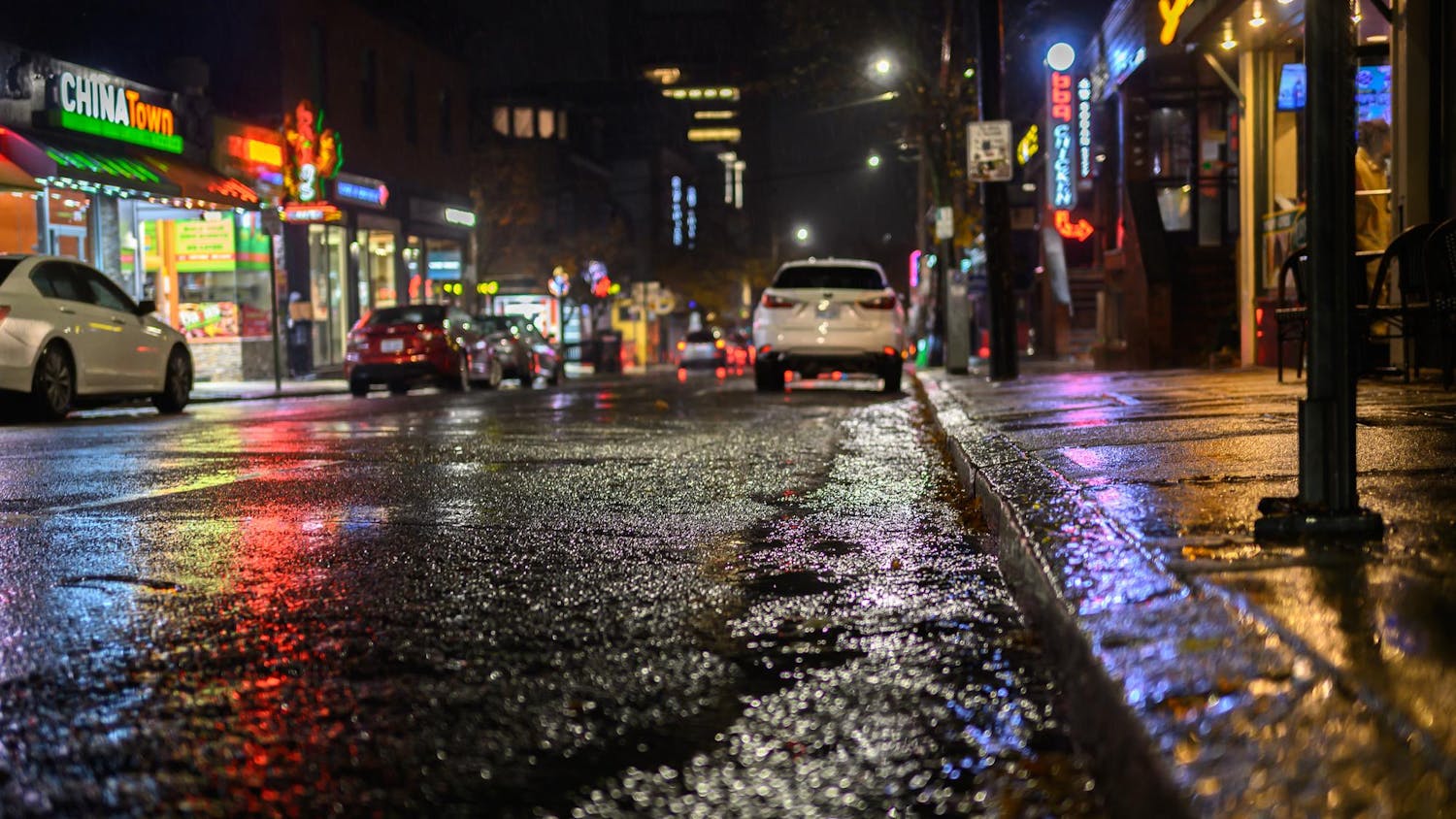Updated January 25, 2015 at 9:09 p.m.
Approximately 30,360 students applied to the class of 2019, marking a slight increase from previous years, according to a University press release. This constitutes the second-largest applicant pool in University history, exceeded only by the class of 2015, which saw more than 30,900 applicants.
Comparing this year's applicants to those of recent years, Dean of Admission Jim Miller '73 said, “The pool is remarkably consistent in all numbers.”
The biggest difference from previous years is the number of applicants to the Program in Liberal Medical Education, which dropped by 21 percent from last year, Miller said. But he said that last year’s applicant pool was an anomaly, and the number of PLME applicants this year was more consistent with that of previous years.
The class of 2019 applicant pool breaks University records for racial diversity.
Forty-one percent of applicants identified as students of color, just up from last year’s 40 percent, according to the press release.
At 5,263, international applicants were represented at their highest level ever. The number of nations represented also hit an all-time high, with 155 countries, in comparison to last year’s 152. The best-represented nations — China, India, Canada, Korea and the United Kingdom, respectively — have remained consistent throughout the past few admission cycles.
Students applied from all 50 states, with California accounting for the most applicants, followed by New York, Massachusetts, New Jersey and Florida. Roughly 72 percent of applicants attend public schools, 20 percent attend private schools, and 8 percent come from parochial schools.
The number of applicants requesting financial aid has remained steady for the past four years, with 67 percent of the applicant pool seeking financial aid, according to the press release.
As in the past several years, the sciences were the most common intended area of study, with 28 percent of applicants citing physical sciences as their most likely field of concentration. Twenty-seven percent of applicants listed social sciences, 26 percent chose life or medical sciences and 12 percent expressed interest in arts and humanities. Six percent of applicants indicated they are undecided. These results reflect the national trend toward sciences, Miller said. The five most popular intended concentrations were biology, engineering, biochemistry and molecular biology, economics and Business, Entrepreneurship and Organizations.
Fifty-eight percent of the applicants were female, and 42 percent were male, Miller said.
The pool includes 3,016 early decision applications and 27,344 applications submitted by the Jan. 1 regular decision deadline. Twenty percent of early decision applicants were accepted in December, and 1,968 students were deferred to regular decision.
From early evaluation it is clear that the applicants to the class of 2019 are a “pretty remarkable group of talented people,” Miller said.
The admission rate last year for the class of 2018 was the University’s lowest at 8.6 percent.
This year’s applicants will be notified of admission decisions at the end of March.
ADVERTISEMENT




